The TIFF Artistic Director defends the size of Toronto’s programme.
Toronto. “Just too big,” wrote ScreenDaily editor Wendy Mitchell (see article here). Like anyone accused of putting on weight, I have to respond.
In my welcome remarks for this year’s Toronto International Film Festival, I noted that size matters. Size affords diversity.
It allowed us to invite seven strong films from Japan this year – from the roughly 400 made in that country. It lets us program a must-see Midnight Madness section and a TIFF Kids section that premieres important new children’s fare. It means we can present 56 red carpet premieres and 44 features and shorts in our more challenging Wavelengths section. Smaller would mean less of that diversity.
So there are advantages to size. There are also comparisons worth noting. This year’s Berlin Film Festival showed 296 feature films. Toronto showed 288. The industry delegates at Berlin’s European Film Market numbered 8,091, much more than the 4,743 we have in Toronto. Between the films and the meetings that those Berlin numbers indicate, I can hardly imagine the pressure of attending. And yet we hear few complaints about its size.
The selection at the Sundance Film Festival is smaller: only 120 feature films, but most of them are world premieres. Did anyone see all of the world premieres at Sundance? Did any publication review them all?
Cannes and Venice are significantly smaller festivals, with 109 and 113 feature films respectively this year in their various sections, including Classics. But how many who attended saw more than one-quarter of what was on offer? I’d wager that most journalists and industry professionals who attended Cannes and Venice left with 40 or 50 world premieres unseen.
There are always hard choices to make at film festivals. Looking at our numbers versus other major festivals’, I can only view complaints about Toronto’s size as compliments on the quality of our selection.
No one person can see every film he or she might consider significant at our festival. Maybe we can learn to live with that. Very few see every film at Cannes. Or Berlin. Or Sundance. It’s really only the smallest, boutique festivals where one can see everything and meet everyone. That’s the difference between a storefront gallery and a large museum. There’s a lot to see at the Prado, but which paintings would you throw out?
I agree that there should be a better balance for media and industry between the first and second halves of our festival. For that to happen we’ll need more journalists to stay through the final weekend, and more of the most active buyers to stay longer as well. In the meantime, we make sure that press and industry delegates have at least three opportunities to see every film, and, for world premieres, as many as five.
I also agree that “smaller” films, films without well-known actors or directors, can struggle to find the spotlight when competing with better-known names. We’ve taken steps to address that, giving increased profile to sections like Wavelengths, Vanguard and Discovery, deploying our team of programmers to get the word out on their selections, and highlighting my own Mission List of premieres that came into Toronto without North American distribution.
With more films of artistic ambition made every year and more filmgoers, journalists and industry professionals eager to see what we choose every September, we remain committed to presenting a festival of appropriate size. Big, yes, but also, we hope, beautiful.
Cameron Bailey is the artistic director of the Toronto International Film Festival

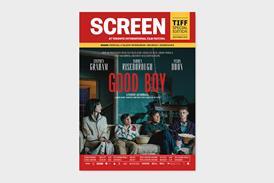
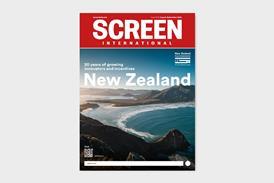
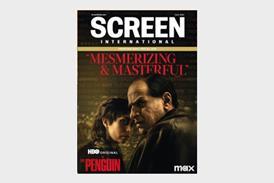

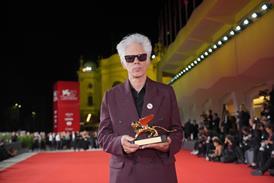
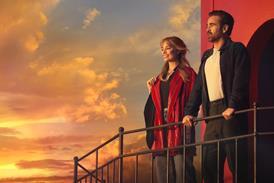

![[Clockwise from top left]: 'The Voice Of Hind Rajab', 'A House Of Dynamite', 'Jay Kelly', 'After The Hunt', 'The Smashing Machine'](https://d1nslcd7m2225b.cloudfront.net/Pictures/274x183/1/7/0/1459170_veniceawards_837515.jpg)















3 Readers' comments